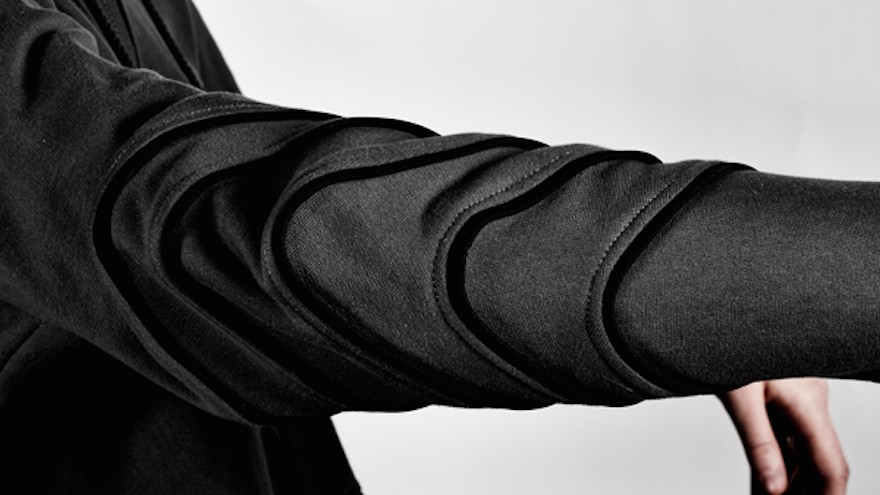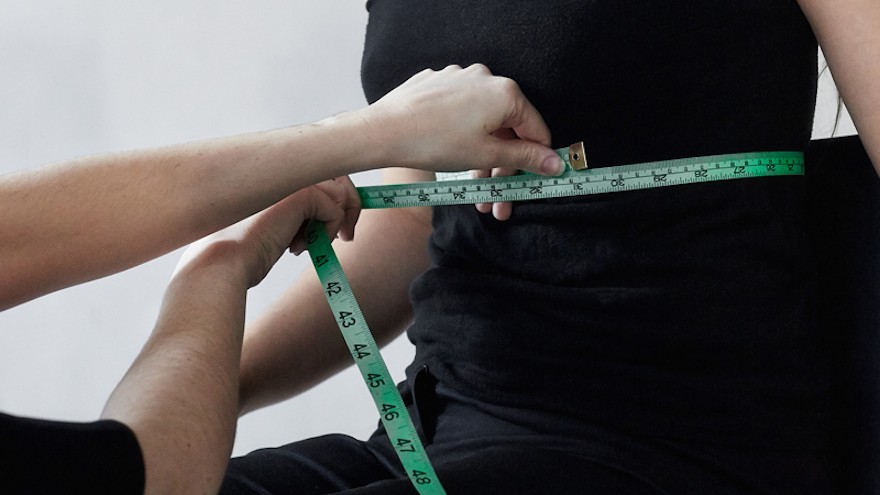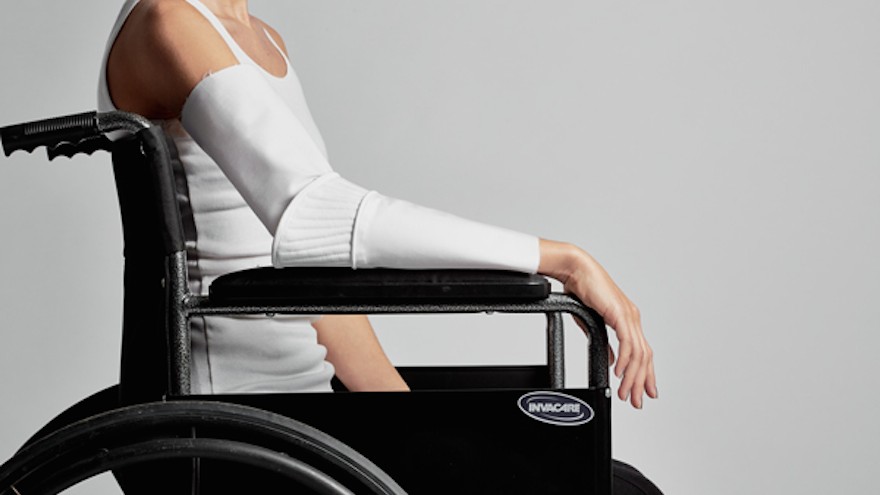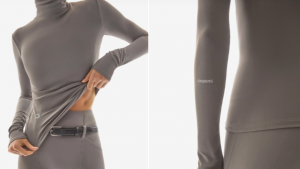Finding clothes that are fashionable and that fit right when seated is not easy for disabled people bound to wheelchairs. Parsons fashion design student, Lucy Jones came to realise this after her cousin Jake, who is paralysed from the waist up, explained how difficult it was to dress himself every day. Advantage Blocks is Jones’ thesis project, which proposes fashion design solutions, in the form of a downloadable manual, for seated individuals.
To start off, Jones needed to understand the limitations of a seated individual. She tried a common occupational therapy method, which involves strapping one arm down in a seated position to mimic the movement of a disabled person’s posture. This gave her insight into clothing-related difficulties such as the time it takes to get dressed, the use of buttons or zippers, the weight of clothing and the trouble of manoeuvring items to fit.
The most important take away from this investigation was the dramatic difference between designing for a standing body and designing for a seated body. Jones explains that the basic principles relating to conventional garment construction don’t apply when creating a garment for a seated body due to proportional and anatomical variations. To avoid speculation and generalisation, Jones worked with people with different disabilities and began designing her garments on herself while seated, so that she could reflect on her posture during the design process.
The result of her thesis is a comprehensive manual composed of pattern prototypes to help others develop an understanding of the fit and functionality required to create fashionable clothing for a seated body. Ultimately, Jones hopes her project will ignite a conversation about clothing that is able to simultaneously suit the needs of the disabled and make them look good.










